Barhan Junction | |||||
|---|---|---|---|---|---|
 Barhan Junction station | |||||
| General information | |||||
| Location | Barhan, Agra, Uttar Pradesh India | ||||
| Coordinates | 27°19′45″N 78°11′30″E / 27.3292°N 78.1917°E | ||||
| Elevation | 176.67 metres (579.6 ft) | ||||
| Owned by | Indian Railways | ||||
| Operated by | North Central Railway zone | ||||
| Line(s) | Kanpur–Delhi section of Howrah–Delhi main line and Howrah–Gaya–Delhi line | ||||
| Platforms | 2 | ||||
| Tracks | 4 | ||||
| Construction | |||||
| Structure type | Standard on ground | ||||
| Parking | Yes | ||||
| Bicycle facilities | No | ||||
| Other information | |||||
| Status | Functioning | ||||
| Station code | BRN | ||||
| Division(s) | Prayagraj | ||||
| History | |||||
| Opened | 1865–66 | ||||
| Electrified | 1975–76 | ||||
| Previous names | East Indian Railway Company | ||||
| Passengers | |||||
| 5,00 daily | |||||
| |||||
Barhan railway station is a junction station on the Kanpur–Delhi section of Howrah–Delhi main line and Howrah–Gaya–Delhi line. It is located just 38 km from Agra City. The station was built by the British and remains essentially unchanged. The railway station is a site in itself and takes one back to the pre Independence era.
History
[edit]Through trains started running on the East Indian Railway Company's Howrah–Delhi line in 1866.[1]
Barhan offers a branch railway Line to Etah.
Development
[edit]Etah–Kasganj new line work has been sanctioned in the Budget 2017–2018.[2][3]
New passenger train service started from Agra Fort–Etah on 10 April 2017.[4][5]
Barhan–Etah Railway Track Electrification Process Begins[6][7]
Media
[edit]-
An antique well near the station, used to supply water to steam engines years ago. Barhan Junction (Agra)2
-
An antique well near the station, used to supply water to steam engines years ago. Barhan Junction
-
Platform No.1, Barhan Junction
-
Platform No.1
-
A derelict cement bench at the Barhan station platform
-
A woman worshipping at a Hindu temple nearby Platform No. 2
-
Click from railway foot overbridge Barhan Junction
-
Barhan Junction railway main structure
-
Circulation area
-
Reservation counter
-
Platform
See also
[edit]- Etah railway station
- Tundla Junction railway station
- Agra Fort railway station
- Hathras Junction railway station
- Aligarh Junction railway station
References
[edit]- ^ "IR History: Early History (1832–1869)". IRFCA. Retrieved 28 June 2013.
- ^ "एटा-कासगंज रेल लाइन को मंजूरी – Amarujala". Amar Ujala. Retrieved 18 April 2017.
- ^ "Important Railway Projects over N.E.Railway in Budget-2017-18".
- ^ "Amar Ujala E-Paper". epaper.amarujala.com. Retrieved 18 April 2017.
- ^ "Story". epaper.jagran.com. Archived from the original on 19 April 2017. Retrieved 18 April 2017.
- ^ "Barhan–Etah Railway Track Electrification Process Begins".
- ^ "Uttar Pradeh | Uttam Rail | A progressive journey since 2014" (PDF).
External links
[edit]- Barhan Junction railway station at the India Rail Info
| Preceding station | Following station | |||
|---|---|---|---|---|
| Mitawali towards ?
|
North Central Railway zone | Chamrola towards ?
| ||
| Terminus | North Central Railway zone | Shivwala Tehu towards ?
| ||

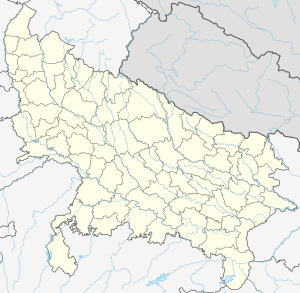
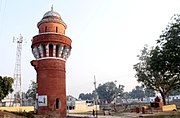
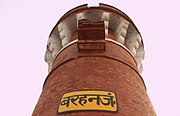



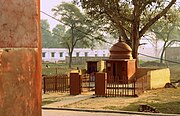
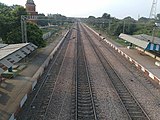




Well, that’s interesting to know that Psilotum nudum are known as whisk ferns. Psilotum nudum is the commoner species of the two. While the P. flaccidum is a rare species and is found in the tropical islands. Both the species are usually epiphytic in habit and grow upon tree ferns. These species may also be terrestrial and grow in humus or in the crevices of the rocks.
View the detailed Guide of Psilotum nudum: Detailed Study Of Psilotum Nudum (Whisk Fern), Classification, Anatomy, Reproduction